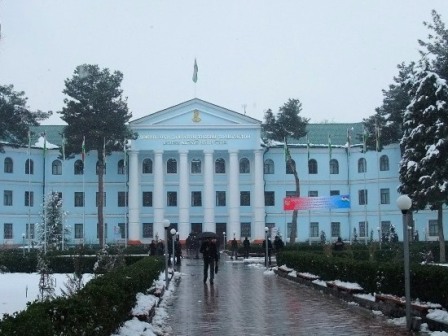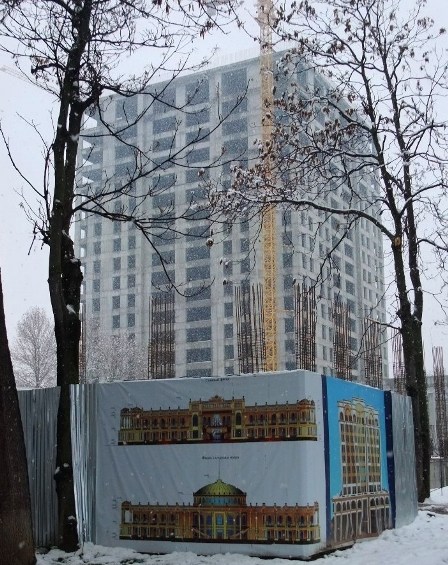| First steps into Central Asia February 2010
|
|||||||||||||||||||||||||||||||||||||||||||||||||||||||
| < Previous: Dushanbe | < Begin Trip > | Next: Somoni and Rudaki > | |||||
| < Another place in tajikistan > | < Another Country > | ||||||
 |
The highlight of Dushanbe is probably the Museum of National Antiquities. |
 |
After paying a small entrance fee (around 2€, probably a foreigners rate), a girl followed me to lit and shut down the light of the rooms. |
 |
There are some amazing treasures housed inside this museum. |
 |
I wondered, Tajikistan (as well as most a great part of Central Asia) is a mountainous land, and even in ancient times it wasn’t easy to reach. Nevertheless, this territory has been disputed, invaded, conquered and envied by some of the greatest powers in history. Still today Tajikistan remains a remote country, but it’s amazing how many stories it can tell. |
 |
The two pieces that I preferred at Dushanbe’s Museum of Antiquities were the two that reminded me that I was in Asia (As I told you, Dushanbe looks more like an developing European city than an Asian capital). |
 |
The other masterpiece displayed at the museum can be considered a survivor. |
 |
|
 |
|
 |
|
 |
|
|
|
|
| < Previous: Dushanbe | < Begin Trip > | Next: Somoni and Rudaki > | |||||
| < Another place in tajikistan > | < Another Country > | ||||||